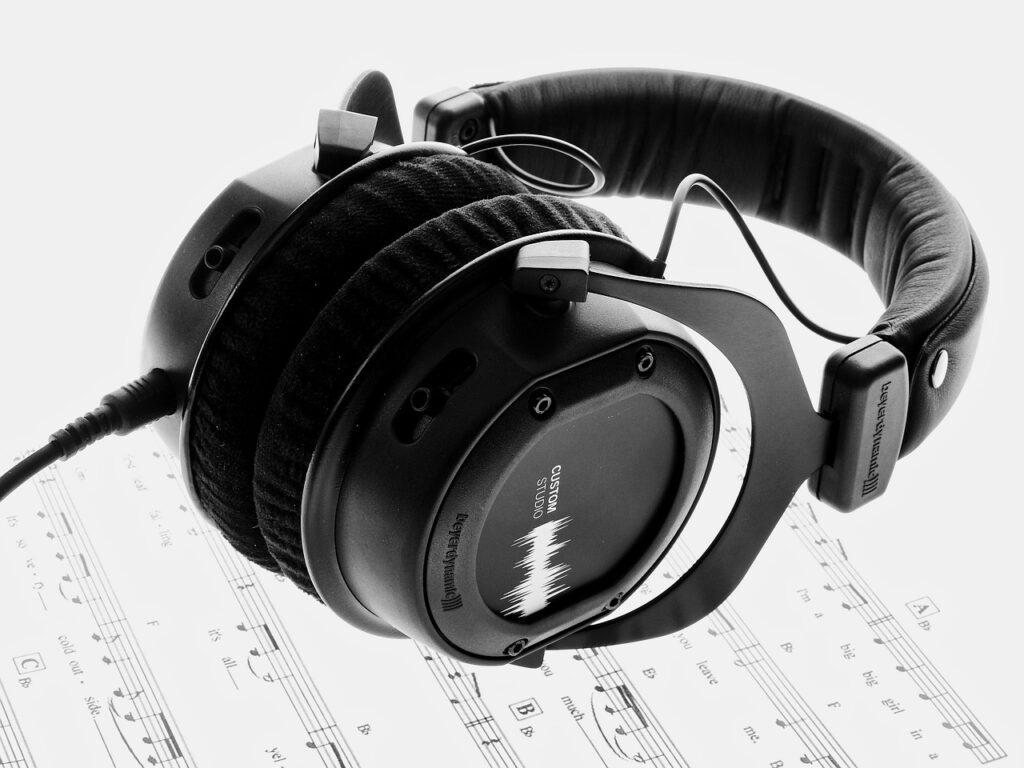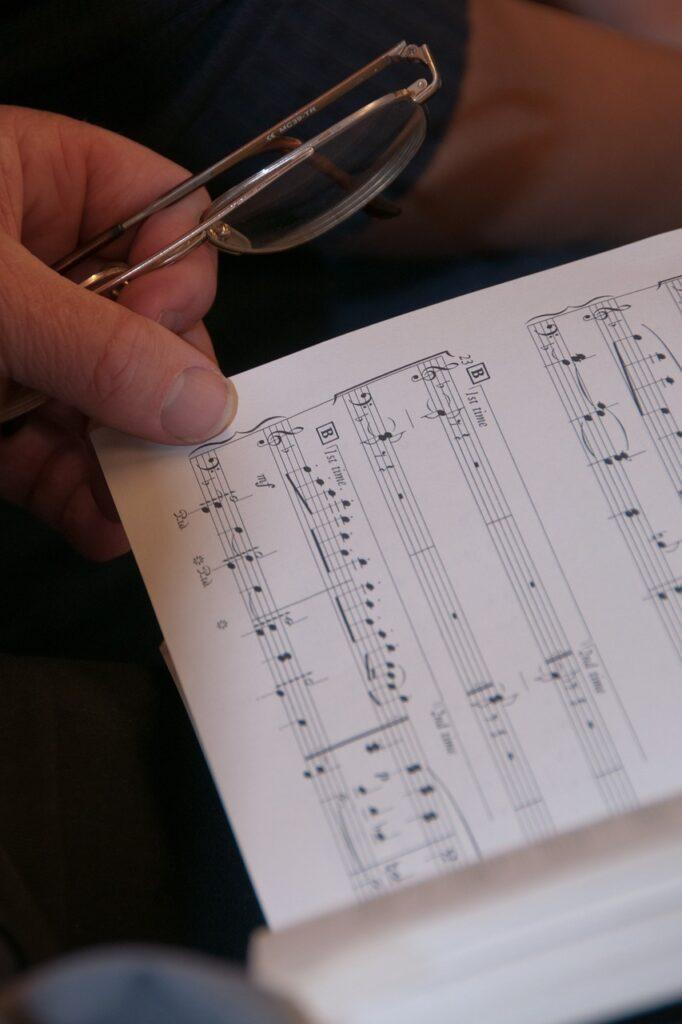Sing

The archive contains posts about learning to sing.
Sing
“If you can talk, you can sing. If you can walk, you can dance.”
An Old Zimbabwe Proverb
So, is it just opening your mouth and making sound?
Well… yes and no.
Anyone who can make sound can produce a melody. Even infants make pre-melodic sounds. However, have you ever wished to be better at it?
With coaching, you can make your melodies stronger. With coaching, you can to train yourself to sing in tune.
In the posts in the Singing in Tune and Shape Notes and Solfege blog categories, you will learn how to:
- Produce a better and more powerful tone
- Harmonize in tune
- Tune up your melodies
- Phrase the music
- Make the words more understandable
- Read sheet music (called sight reading)
- and more …
The Singing in Tune blog category focuses on harmonizing in tune. Based on cutting edge intonation research, Success Music Studio has created specially tuned sing-along songs. The sound files help foster a cappella level vocal tuning.
Alternately, Shape Notes and Solfege works on sight reading and melodic tuning. As the title of the category implies, we use shape notes combined with solfege (Do, Re, Mi) for sight reading. At the same time, solfege creates a sound model for tuning up melodies when used with the sing-along songs.
We will explore phrasing music, vocal tone, and intelligible text in either or both of the blog categories.
Have fun!
© 2021 Geoffrey Keith
Back to the Successful Music Student Blogs page
“What precisely is the purpose of solfege?” Solfege has an important role in music education, allowing vocalists to develop sight singing skills. A solfege syllable acts as a mnemonic device to help you sight read sheet music. Read more to learn why they invented solfege and how the syllables work. Estimated reading time 2 minutes.
“How do I match my pitch to another singer?” Pitch matching is the starting place for ear training. If you can’t match your pitch to the same note another vocalist sings, you won’t be ready to learn how to harmonize. Don’t worry, the sing-long soundtracks will help! Keep reading to learn how it works. Estimated reading time 2 minutes.
Want to be able to sing modes? I can help. You’ll see the Ionian mode more often than any other type of mode. It’s used extensively in pop, jazz, classical, and even folk music. In “Singing Shape Notes Solfege Ionian Melodies,” you’ll be singing the last mode we’ll look at in the modes series. Keep reading to learn more. Estimated reading time 2 minutes.
“Is it possible to learn to sing harmony by ear?” Yes, it takes some practice, but the sing-along soundtracks will help you do it. Read more to learn how it works. Estimated reading time 2 minutes.
Do you want to be able to sing advanced modes? Are you confused about how the Lydian mode works? Modes are a feature of folk music around the world but are also both in jazz and 20th/21st century classical. Singing Shape Notes Solfege Lydian Melodies will help you master advanced modes. Keep reading to learn more. Estimated reading time 2 minutes.
Do people tell you that you sing out of tune? Do you want to be able to sing like your favorite vocal artist? Some people just seem to naturally sing in tune. Don’t panic! The skill of harmonizing in tune can be learned. Read more to learn the tips for people who can’t sing in tune. Estimated reading time 3 minutes.
Do you want to learn how to transition from shape notes to standard notation? Have you ever wondered when you should use the special solfege syllables for sharp and flat notes? Standard notation gives you clues on when to use the diatonic solfege syllables versus the chromatic syllables. Read more to learn the answer to the question, “How do I switch from chromatic shaped notes to standard notation?” Estimated reading time 2 minutes.
Want to be able to sing in tune every time you sing? Do you wonder what a touch instrument is? These instruments play a central role in establishing the tuning for a society. Keep reading to learn how to sing perfectly in tune all the time with touchstone instruments. Estimated reading time 3 minutes.
How do I switch from minor key shaped notes to standard notation?” Sight singing minor keys in standard notation can be challenging. Because it can be difficult to figure out if you’re in a major key or the relative minor. Read more to learn how to transition from shaped notes to standard notation for minor keys. Estimated reading time 3 minutes.
“Please explain vowel modification to me like I’m a 5 year old.” Vowel modification helps you get a good vocal tone, so you can raise your singing to the next level. It’s an essential technique to master if you want to reach your full potential, because singing is all about vowels. Read more to learn how it works. Estimated reading time 2 minutes.











